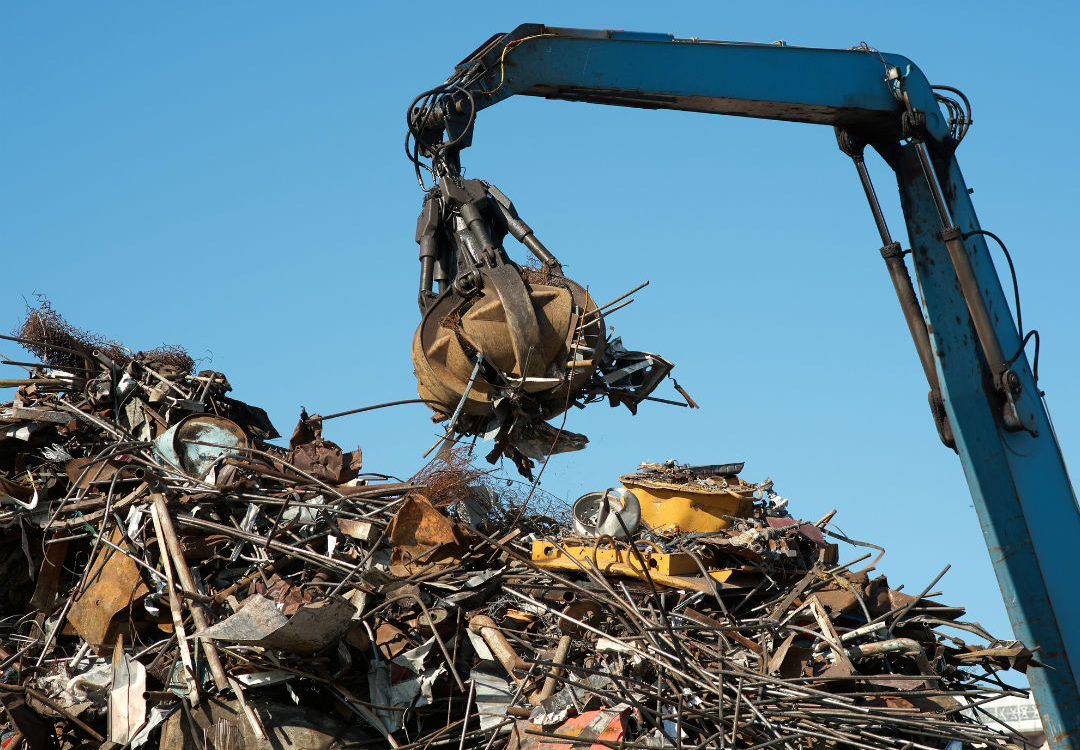As we discussed in one of our earlier posts (How India can benefit from Metal Scrap), India imports a lot of scrap metal. One of the reasons for this is the lack of a metal recycling ecosystem in India.
Given India’s growing appetite for steel (we have the fourth largest steel industry in the world), it is critical to create the infrastructure and economy for recycling metals. Not only will this reduce India’s dependence on imports, but recycled steel has many inherent benefits.
- Steel scrap is 100 percent recyclable. It can be reused any number of times without loss of quality. All you need to do is melt it and remake it into new products
- 40% of the world’s steel is made from scrap steel, and 60% of India’s crude steel production comes from scrap
Why is steel scrap preferred as the primary input over the virgin ore? It is cheaper and more sustainable to produce steel from scrap.
- Producing steel from scrap requires almost 56% less energy to produce than from iron ore and coal, making it more cost-efficient and environmentally friendly.
- Making steel from scrap reduces CO2 emissions by 58% and also reduces harmful mining activities
- One tonne of recycled steel saves over a tonne of iron ore and half a tonne of coal
Not surprisingly, steel is the most recycled material in the world.
The Indian government’s move to introduce an end-of-life vehicle scrappage policy is good one in this context. Steel is one of the biggest components in a car.
A typical car on average weighs around 1000 kilograms. Nearly 55% of the weight is contributed by steel. In 2015, it was estimated that there were nearly 8.7 million ELV vehicles (over 15 years old) in India. This is expected to go up to 21 million by 2025. That’s a lot of steel that can be recycled and used by India’s indigenous steel industry instead of importing scrap metal.








